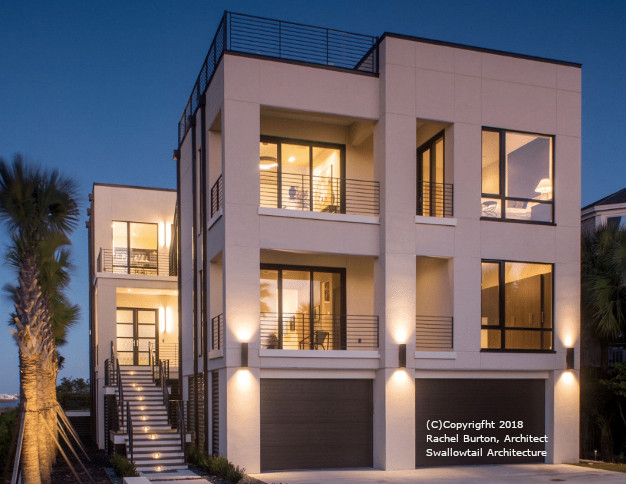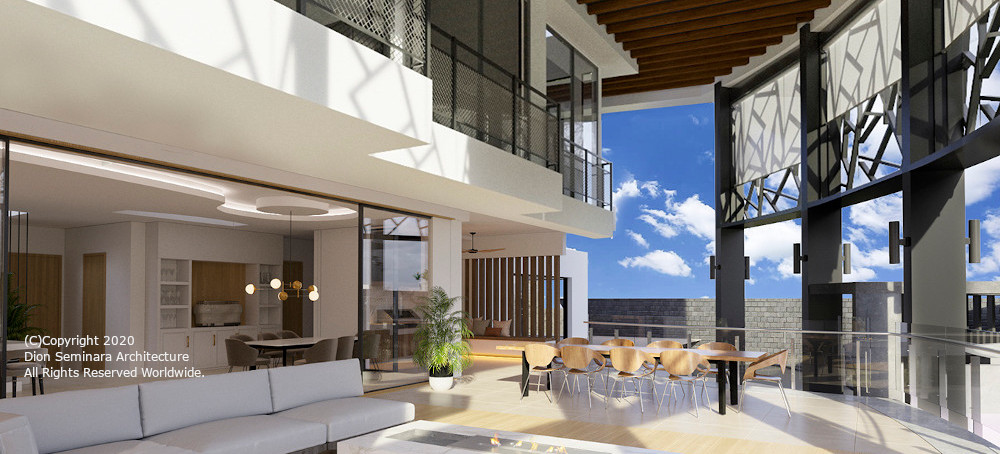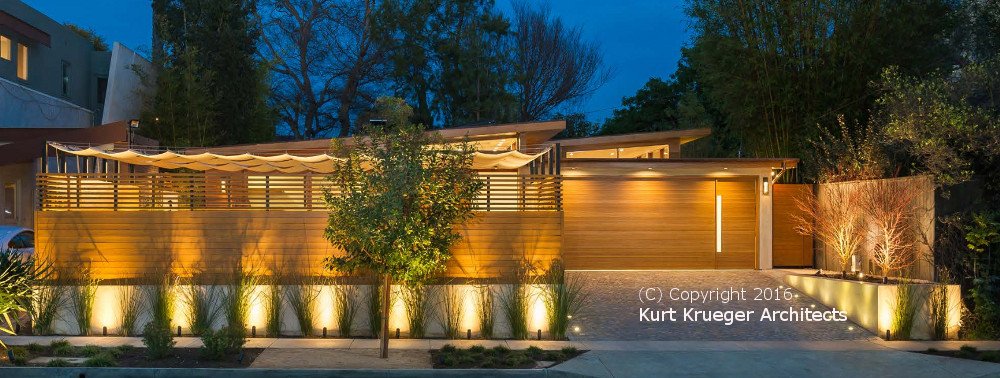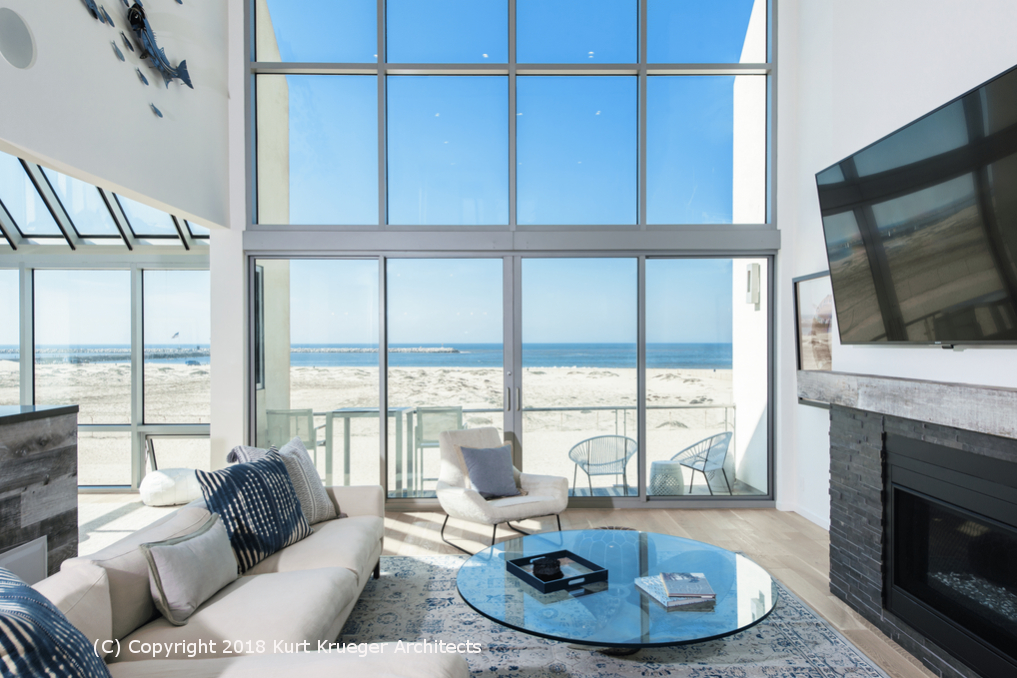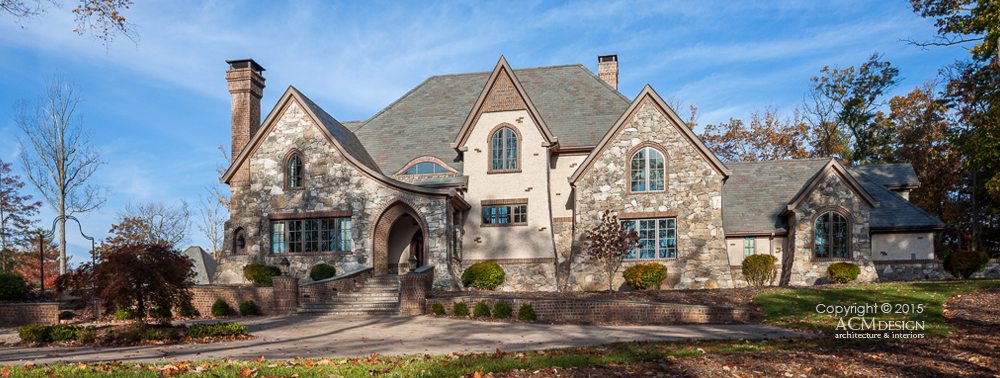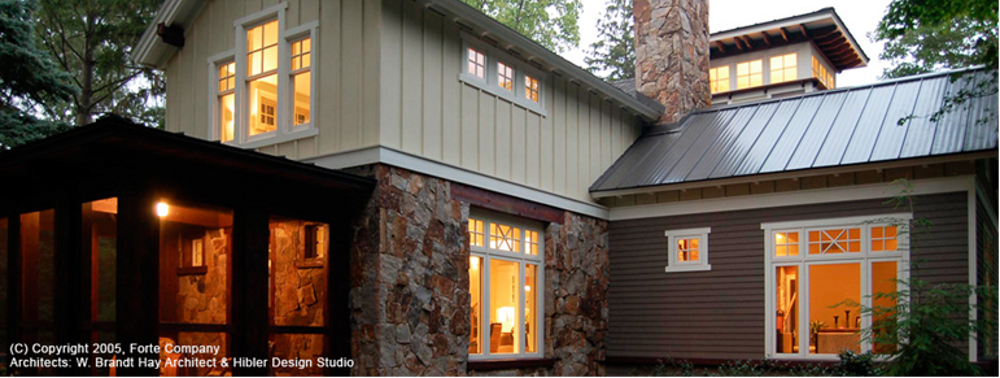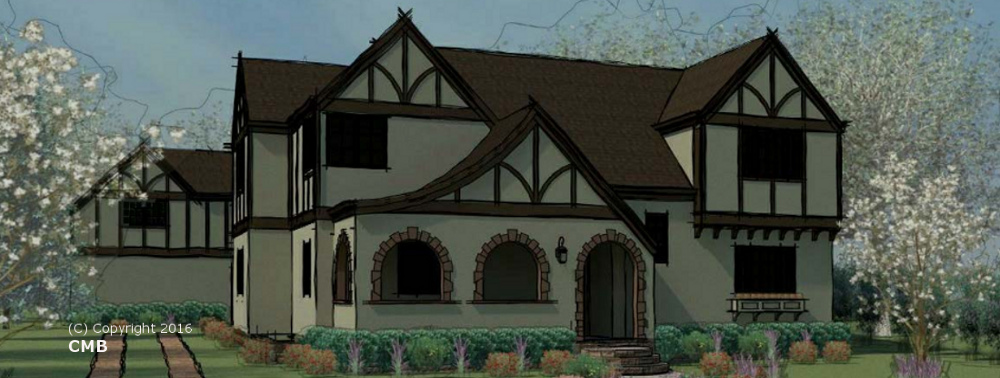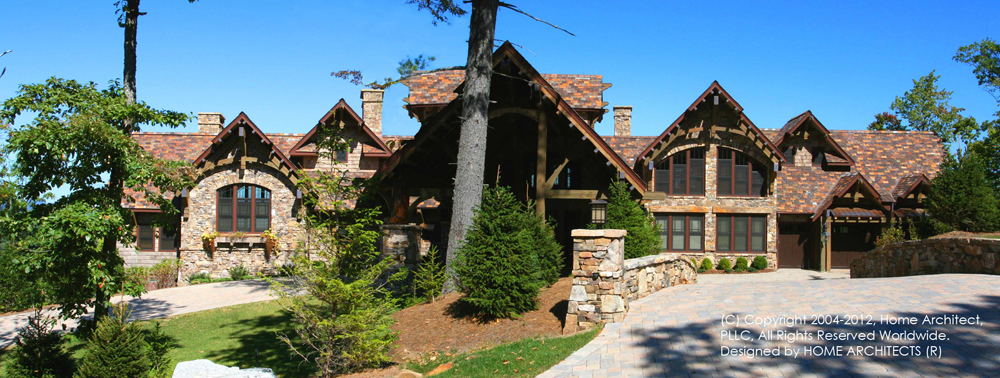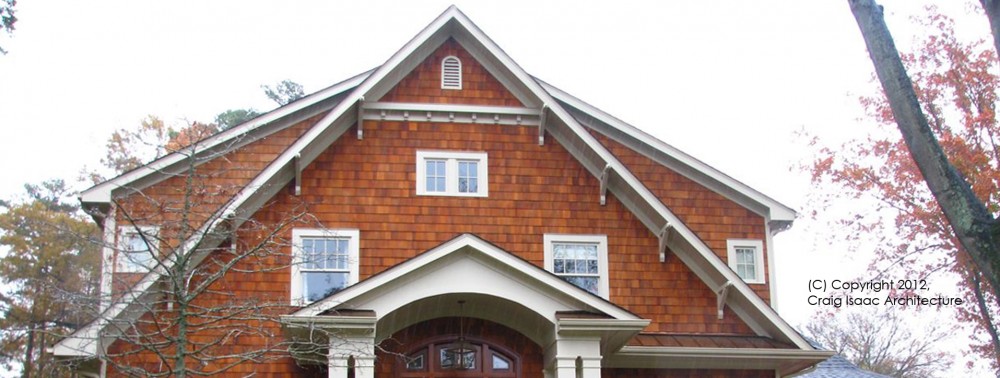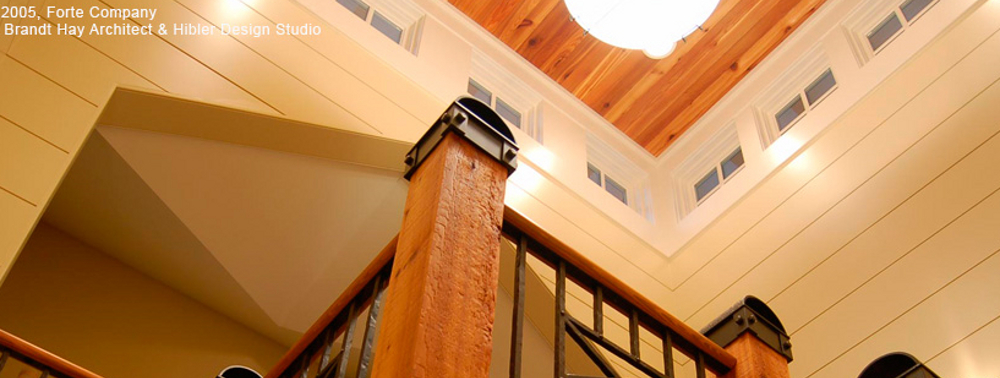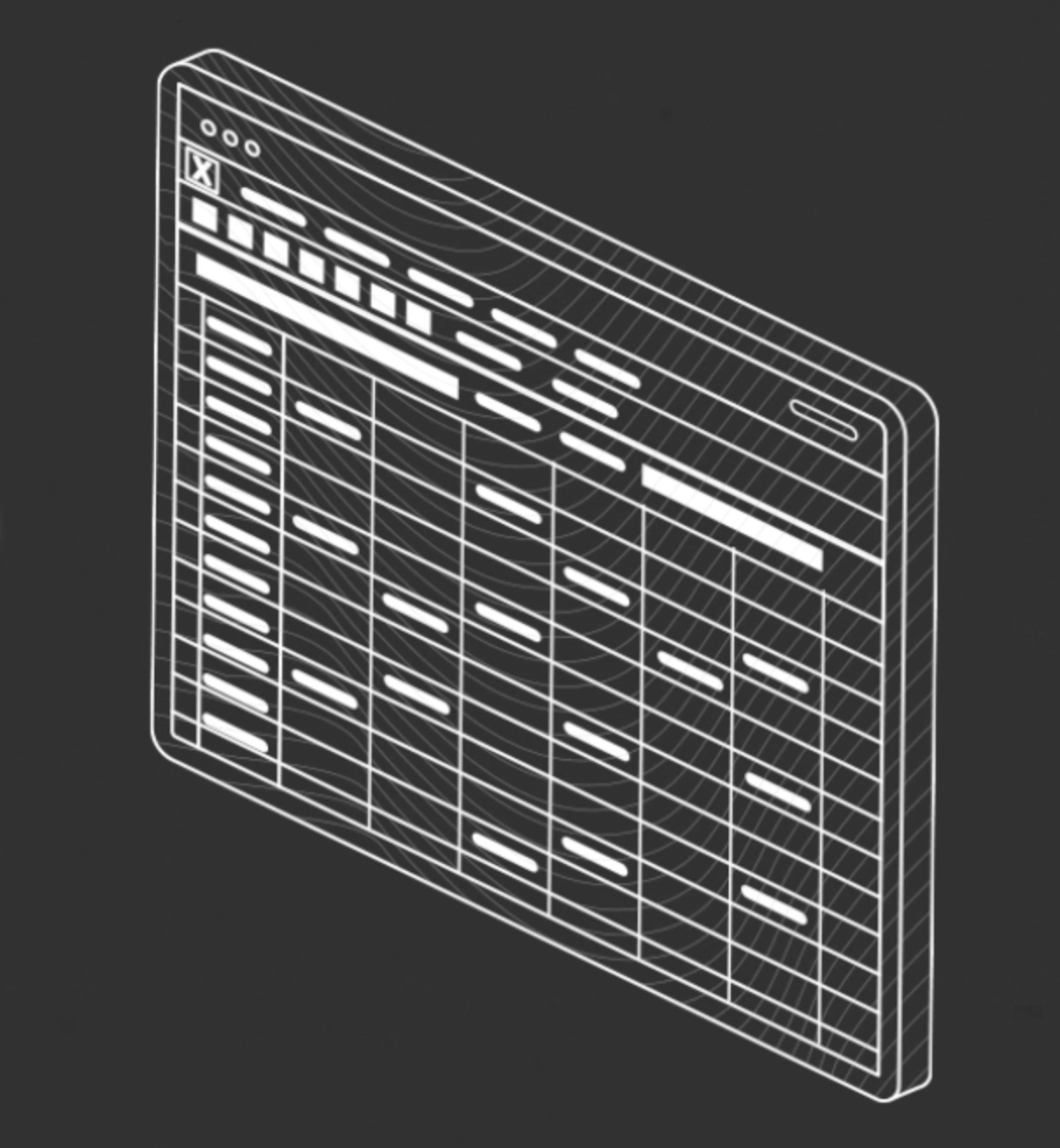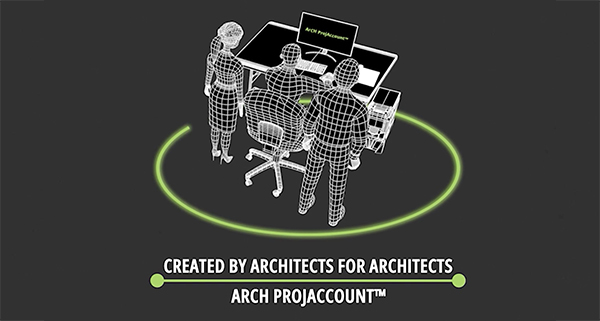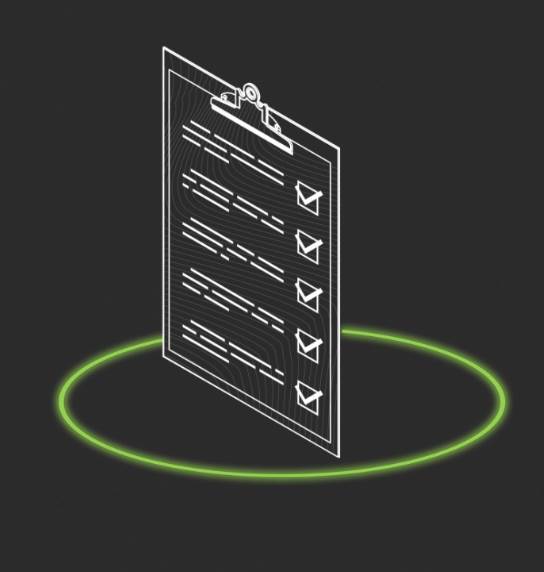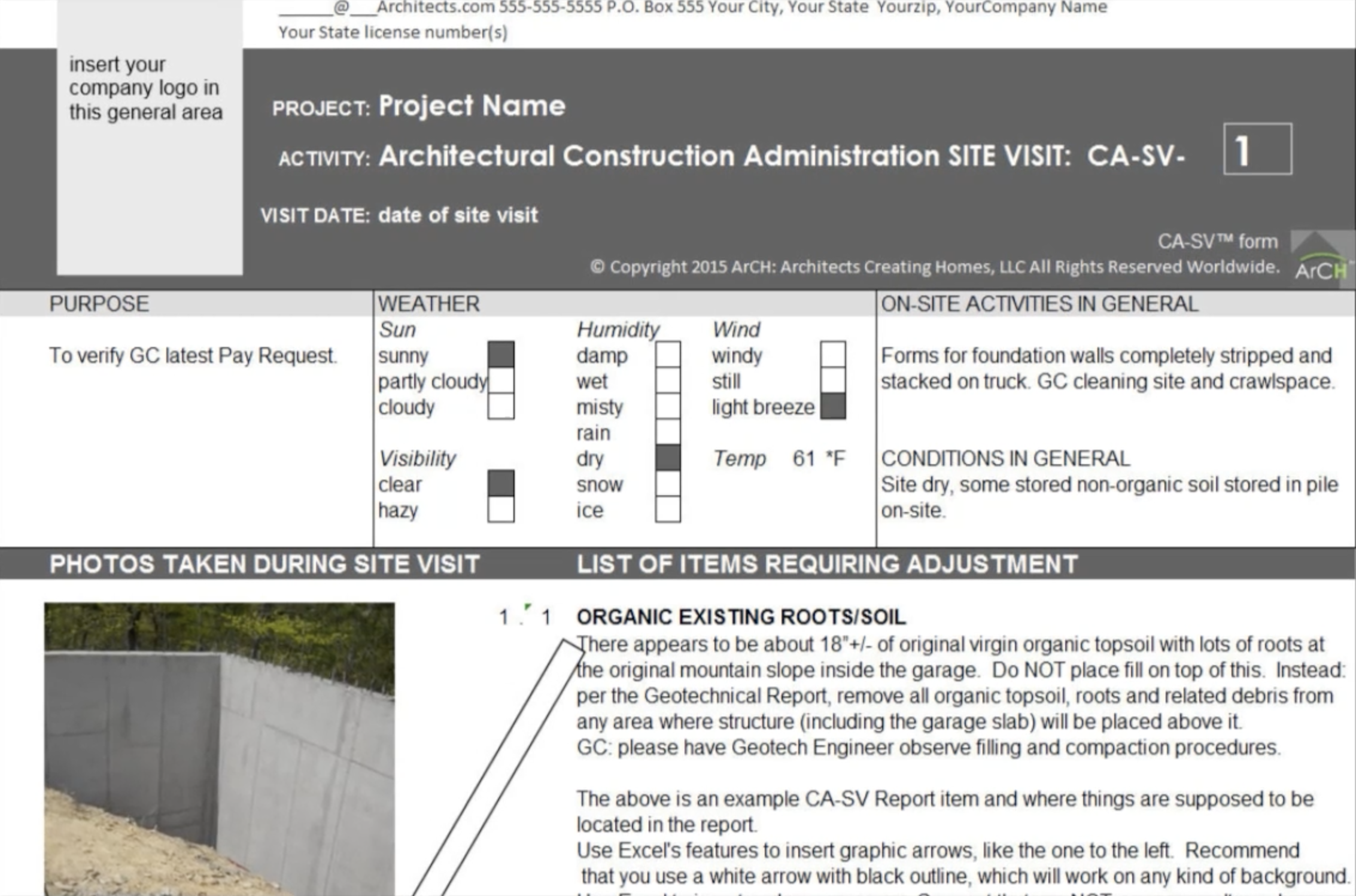ArCH is committed to helping its membership understand what the latest national codes are regarding the design of homes in the USA. This webpage is intended to help provide that information (although each Architect is responsible for verifying all applicable code and other requirements for their projects).
As of today: 11/25/2015, the ICC (International Code Congress) has made it known that the following are the current editions of applicable main codes regarding residential design in the USA (subject to each State’s amendments):
IRC 2015 (International Residential Code)
IECC 2015 (International Energy Conservation Code)
Along with 2015 commercial codes.
Here is a link to the ICC (International Code Congress) website page regarding: current code development cycle. Note that it appears that the next edition of the IRC appears to the the 2018 edition that won’t be ready for some time.
Those that primarily apply to residential Architects would be the IRC and the IECC. If you practice multi-family residential commercial architecture and/or mid-rise and high-rise, then you will of course need all the commercial codes.
Depending on your practice, you may also want to consider having the old standby for accessibility: ANSI-A117.1, or whatever enforced edition/version your AHJ (Authority Having Jurisdiction) may enforce, along with the Fair Housing Act. Many states have their own State Accessibility Code. ArCH does not endorse such practices, in hopes that someday the central, single source of issuing codes (ICC) is what is adopted without amendment so that Architects and Contractors and Building Officials everywhere can clearly understand the necessary requirements.
If you primarily design single family homes, the IRC and IECC should cover most of what you need, but watch out for minimum bedroom door widths and main entrance door sizes and threshold offset heights for accessibility issues.
ArCH has been notified that the newer future IRC and IECC will be available well into the future. It typically takes up to 3 years for many AHJs to adopt the codes. Therefore, many jurisdictions are presently running their residential building department reviews per the 2009 edition of the IRC and may have adopted the 2012 version. However, ArCH believes that it is usually a prudent practice to design according to the latest IRC and IECC (or beyond/in excess of). In that manner, you will probably be designing “ahead of the curve,” normally having your designs exceed (be better than) the currently adopted edition of the IRC & IECC. Rarely do jurisdictions exceed IRC/IECC code, but you need to be aware of this, if it applies in any jurisdiction in which you are designing. Check with the States and Counties and find out what they enforce and obtain a copy (usually a PDF electronically) of any State and County amendments to any particular edition of the IRC/IECC. What ArCH has typically seen is not requiring items to exceed, but rather to downgrade the adopted IRC/IECC requirements in a given State. It is normally the State, rather than a County or City that is empowered to amend the IRC/IECC, however, there may be exceptions to this in special situations and locations. Always verify with the AHJ for your projects so that you are sure that you understand the rules by which you are designing.

 <
<
